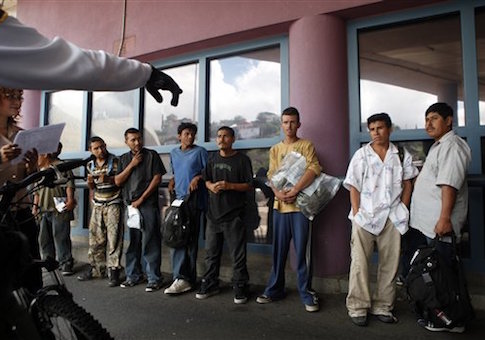Immigrant populations in the U.S. have surged above 15 percent in a third of states across the nation, marking a stark rise over the past four decades.
Six of those states have immigrant populations that are more than 25 percent, according to a Center for Immigration Studies report released Monday.
The analysis, first reported by the Washington Examiner, was published three weeks after federal oversight officials found that the Department of Homeland Security is failing to secure the Southern border despite the threat that unaccompanied minors could cross into the U.S. illegally at record numbers in 2016.
Analyzing government data from December 2015, the CIS report found that of the 61 million immigrants and their children who currently reside in the U.S., roughly 15.7 million are in the nation illegally.
"The numbers represent a complete break with the recent history of the United States," wrote CIS immigration experts Steven A. Camarota and Bryan Griffith, who published the report.
"As recently as 1970, there were only 13.5 million immigrants and their young children in the country, accounting for one in 15 U.S. residents."
During that period, not a single state had an immigrant population above 15 percent.
Today, 16 states--Arizona, California, Delaware, Florida, Georgia, Illinois, Nevada, New Jersey, New York, Maryland, Massachusetts, Oregon, Rhode Island, Texas, Virginia, and Washington--have immigrant populations higher than 15 percent.
The immigration populations in California, Florida, New Jersey, New York, Nevada, and Texas are above 25 percent.
Sen. Chuck Grassley, (R., Iowa), criticized the White House last month for "shirking responsibility" as an influx of Central American children illegally flooding the U.S. southern border threatens to outpace the 2014 migrant wave.
While the DHS has ramped up personnel and technology to secure the border, government oversight officials warned earlier this month that the agency’s security plans remain incomplete.
